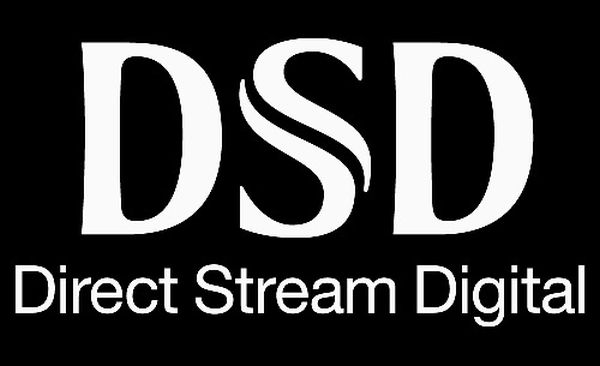By Mark Waldrep
Initially Sony had intended DSD to be an archiving format, but they were forced to rethink that and introduce DSD to the public as a consumer format because of the challenge from DVD-Audio.
In fact, the DVD Forum had rejected DSD as a consumer format because of its inherent and substantial high frequency noise.
In the second part on the birth of DSD, Mark Waldrep, PhD, aka Dr Aix of AIX Records and iTrax.com reveals all these nuggets of information on how Sony and then Sony and Philips introduced an archiving format – which was rejected as the higher-resolution successor to the Red Book CD – to the consumer market in the form of SACDs.
He wrote: “CDs had been a huge cash cow for Sony and Philips since its introduction in the fall of 1982. They were major intellectual property holders in that format, which meant that they derived a lot of ‘free licensing money’ on the replication of billions of discs and the hardware necessary to play them – CD players. The introduction of a new optical disc format that threatened to eliminate that licensing gravy train caused Sony to rethink their archiving only plans and introduce DSD to the public as a consumer format. DSD was never intended to be a consumer format.
“Sony and Philips took DSD to the DVD Forum. The forum had issued a ‘request for proposal’in the late 90s to all technology companies and research institutions looking for the next audio encoding scheme to move consumer audio to high-resolution and multichannel. The DVD Forum considered higher resolution PCM (96 and 192 kHz and 24-bits) and Sony/Philip’s DSD 64 (2.8224 MHz 1-bit PCM). After extensive evaluation and independent investigations done by experts in the field, the forum determined that PCM met the standards of their RFP and DSD did not. DSD was rejected because of its inherent and substantial high frequency noise, the lack of available production tools, and the lack of production hardware. The DVD Forum experts agreed that DSD was great for archiving but less than ideal as a consumer format. It would have been great if Sony and Philips went back to archiving using DSD…but they didn’t.
“Sony and Philips were not happy about the decision so they decided to launch their own high-resolution audio format in 1999. They called the new DSD-based format Super Audio Compact Disc. SA-CDs consisted of a multichannel layer combined with a CD compatible stereo layer. In around 1999, they entered the high-resolution audio market with players and production systems. The DVD Forum introduced the DVD-Audio format about a year later. It was also capable of multichannel and stereo playback in real high-resolution but the new audio format required a new DVD-Audio player. It was not compatible with existing DVD-Video players (at least the highest resolution multichannel files) and CD players.
Welcome to the SA-CD vs DVD-Audio struggle.
To read more, please click http://www.realhd-audio.com/?p=3779

